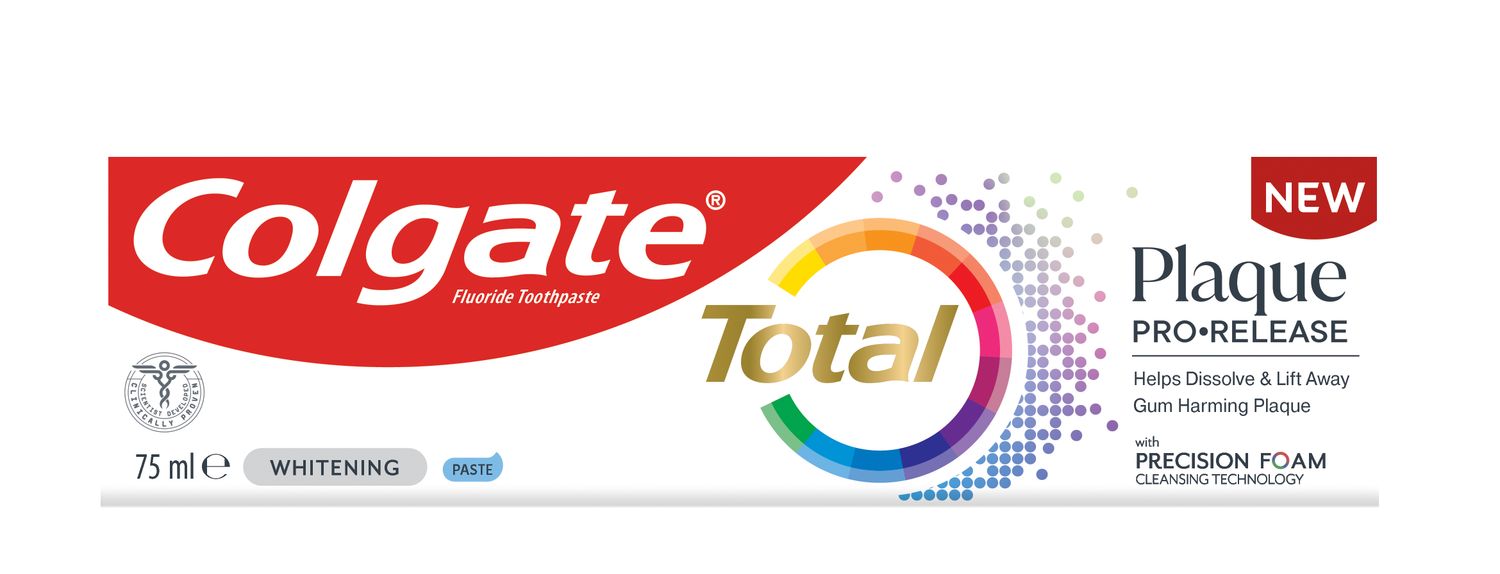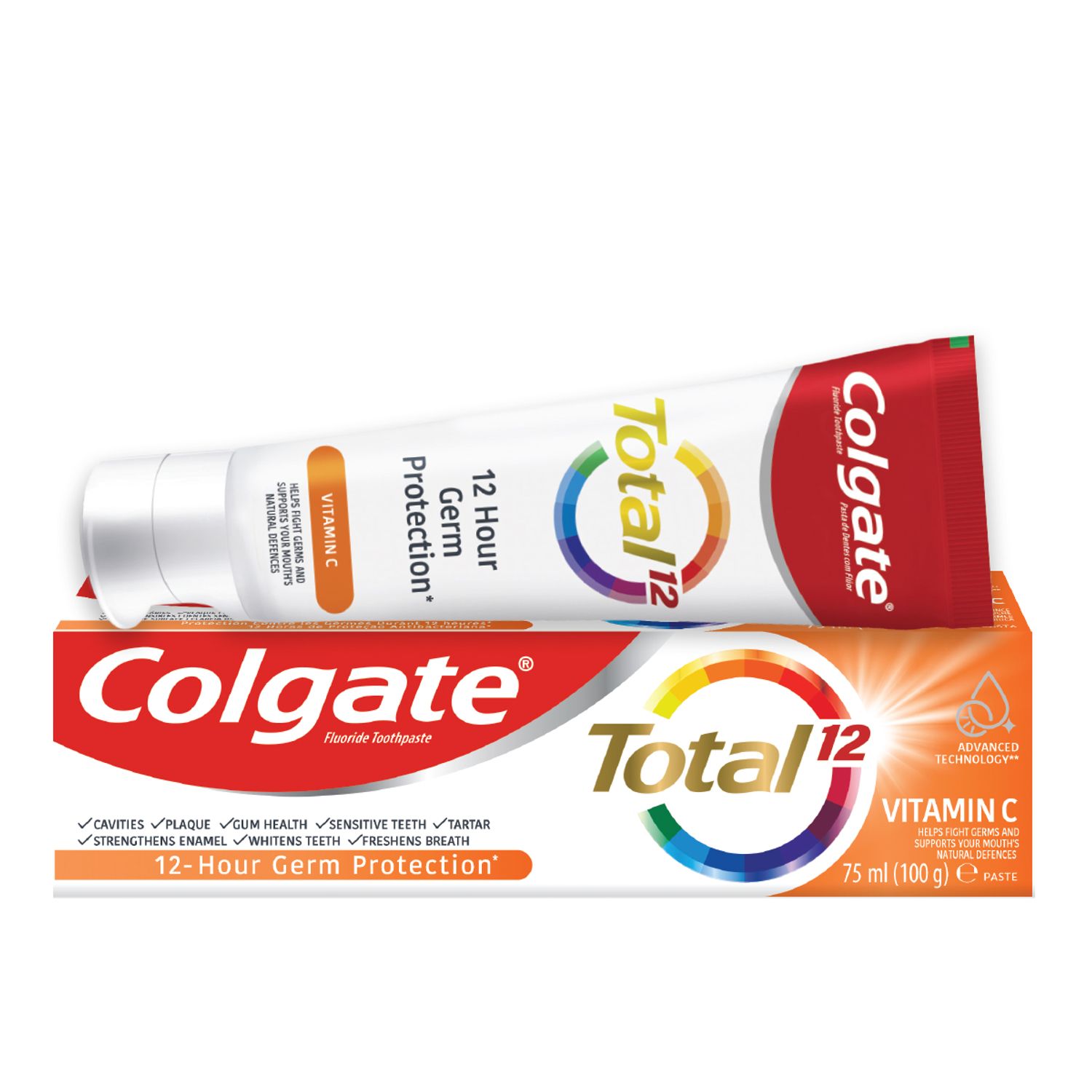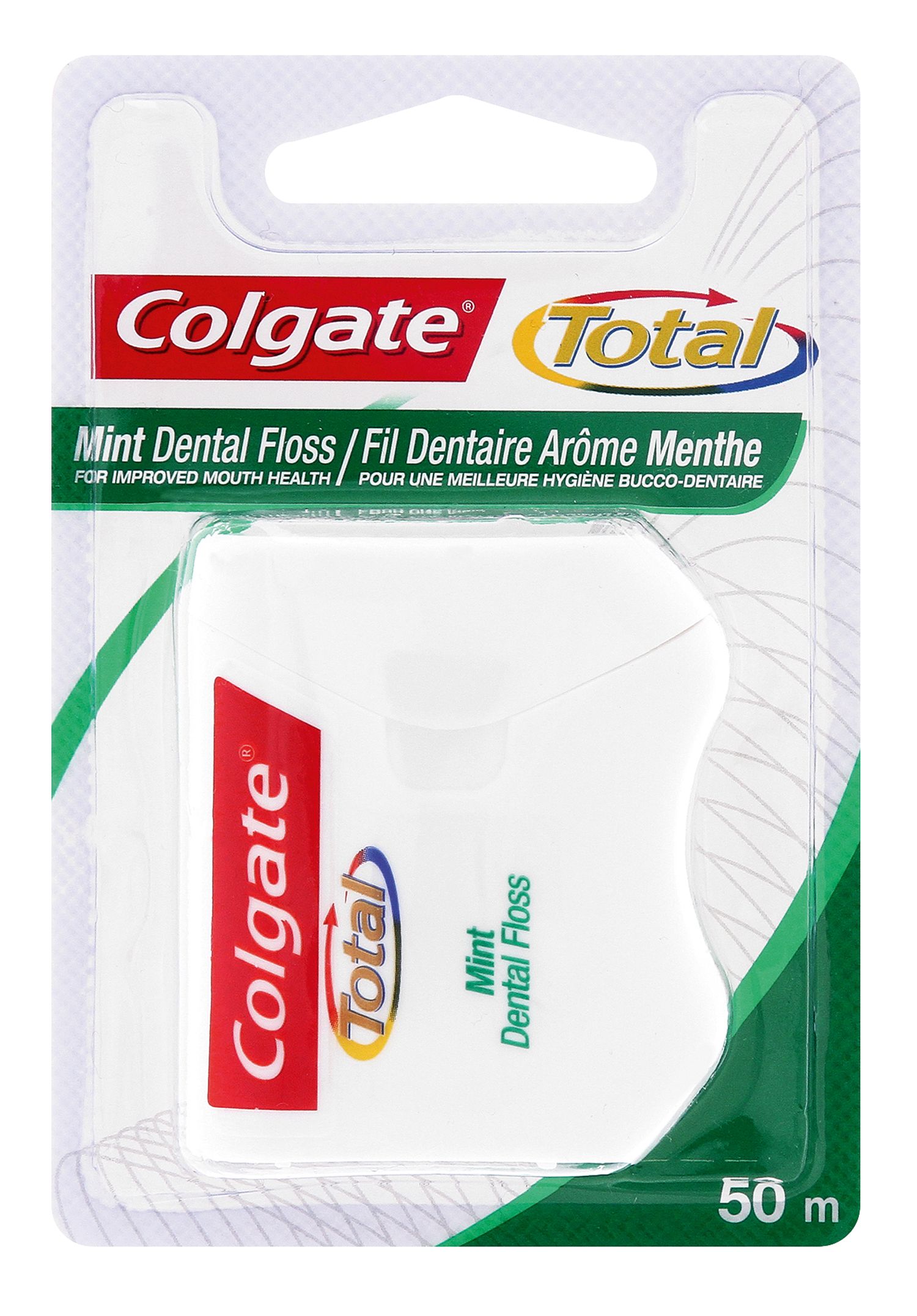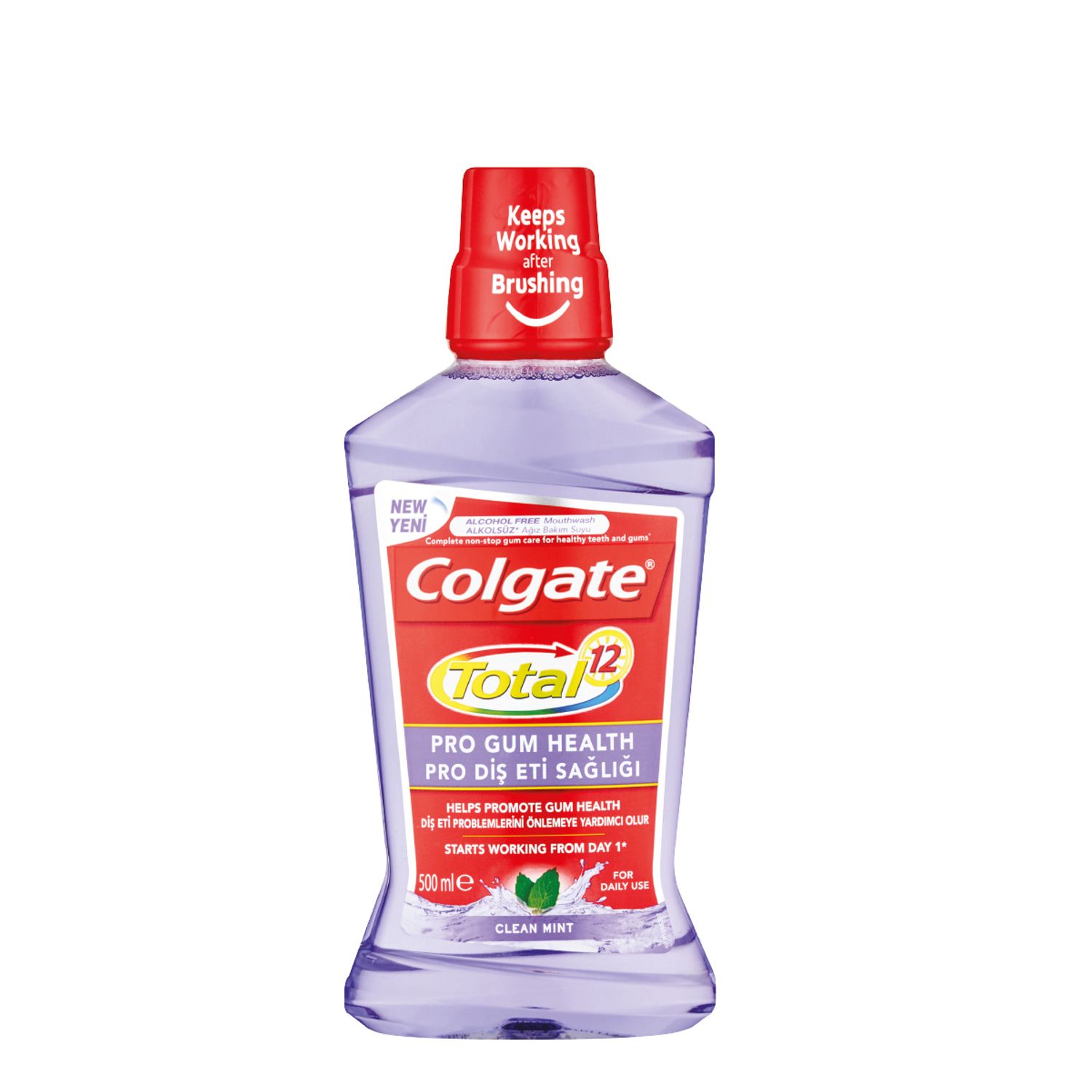-
-

CAVITIES
Can You Heal A Cavity At Home?You feel a sharp pain when you bite down or try to eat. You think it's a cavity, but you're not 100 percent sure...

BAD BREATH
How To Cure Bad BreathMore commonly known as bad breath, halitosis is an embarrassing hygiene issue that nobody wants, but some of us get every now and then...
-
Science & Innovation
- Colgate® | Toothpaste, Toothbrushes & Oral Care Resources
- Oral Health
- Oral First Aid At Home
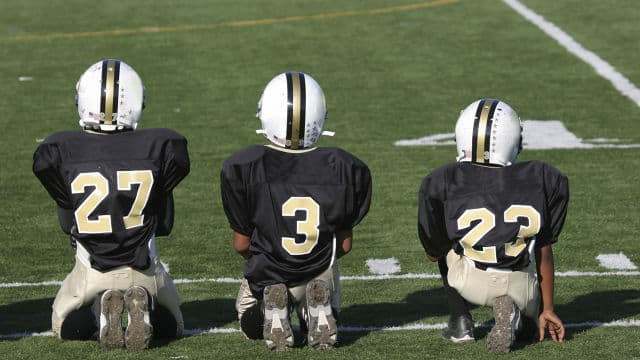

You probably have a first aid kit in your home to handle life's minor bumps and bruises. But are you prepared for a dental emergency?
According to Dr. Susan Calderbank, DMD, Assistant Professor at the Department of Oral Medicine at the University of Pittsburgh, everyone should have an Oral First Aid Kit in their home as well.
"Dental injuries and emergencies are very common in children and adults," says Dr. Calderbank. "With just a few items from the drug store, you can put together an Oral First Aid Kit in your home to better handle tooth or mouth injuries."
While the kit does not replace professional treatment, you can use it to treat minor mouth irritations and injuries as well as help alleviate or control major oral problems until the patient can get to a dentist or physician.
Dr. Calderbank recommends including the following items in your home Oral First Aid Kit: Dental mirror, dental floss, cotton balls, cotton swabs, sterile gauze, sealable plastic bag (to dispose of bloody gauze or swabs), toothbrush, tweezers, wash cloth, aspirin or aspirin substitute, Oral Pain Relieving Gel, instant ice pack, bottled water, salt, paraffin or dental wax, medical exam gloves and an oxygenating oral cleanser.
Dr. Calderbank also offers these tips for handling common dental emergencies.
Toothache - rinse mouth with warm water. Use dental floss to remove any food trapped between the teeth, then rinse. If there's swelling, place an ice pack or cold compress on the outside of the cheek (20 minutes on, 20 minutes off). Do not use heat. An aspirin or aspirin substitute may be taken orally to relieve pain. Do not place directly on gum tissue as this may result in a burn. See your dentist as soon as possible.
Object wedged between teeth - try to remove the object with dental floss, and then rinse vigorously with water to remove any remaining particles. Do not try to remove it with a sharp or pointed instrument. If you can't remove it, see a dentist.
Canker or mouth sore - canker sores are small white wounds inside the mouth on the cheek, gums or tongue. They can be caused by cheek biting, vigorous tooth brushing, burns from hot foods and irritation from braces or dentures. The bubbling action of an oxygenating cleanser removes food particles and other irritants from the sore. Oral Pain Relieving Gel can provide long-lasting pain relief. As it seals, the liquid transforms to a thin, flexible protective barrier over the affected area, sealing off the nerve endings for hours — so you can eat and drink without the pain.
Knocked out tooth - if possible, retrieve the tooth. If it is a baby tooth, place it in a container of milk, salt water or the patient's saliva. If these are unavailable, use water. If it is a permanent tooth take care not to touch the root and carefully insert the tooth back in place. Go to the dentist immediately.
Broken Tooth - gently clean dirt or debris from injured area with an antiseptic oral cleanser. Place ice pack or cold compress on the face in the area of the injured tooth to minimize swelling. If the tooth has created a sharp edge, cover with paraffin (wax) to prevent lacerations to the gums or cheek. See a dentist immediately.
Bitten lip or tongue - apply direct pressure to the bleeding area for 15 to 20 minutes using sterile gauze. Rinse with an oral cleanser to alleviate bleeding and clean the wound. If swelling is present, apply ice pack or cold compress. If bleeding continues, go to a hospital emergency room.
Related Products

Helping dental professionals
More professionals across the world trust Colgate. Find resources, products, and information to give your patients a healthier future






